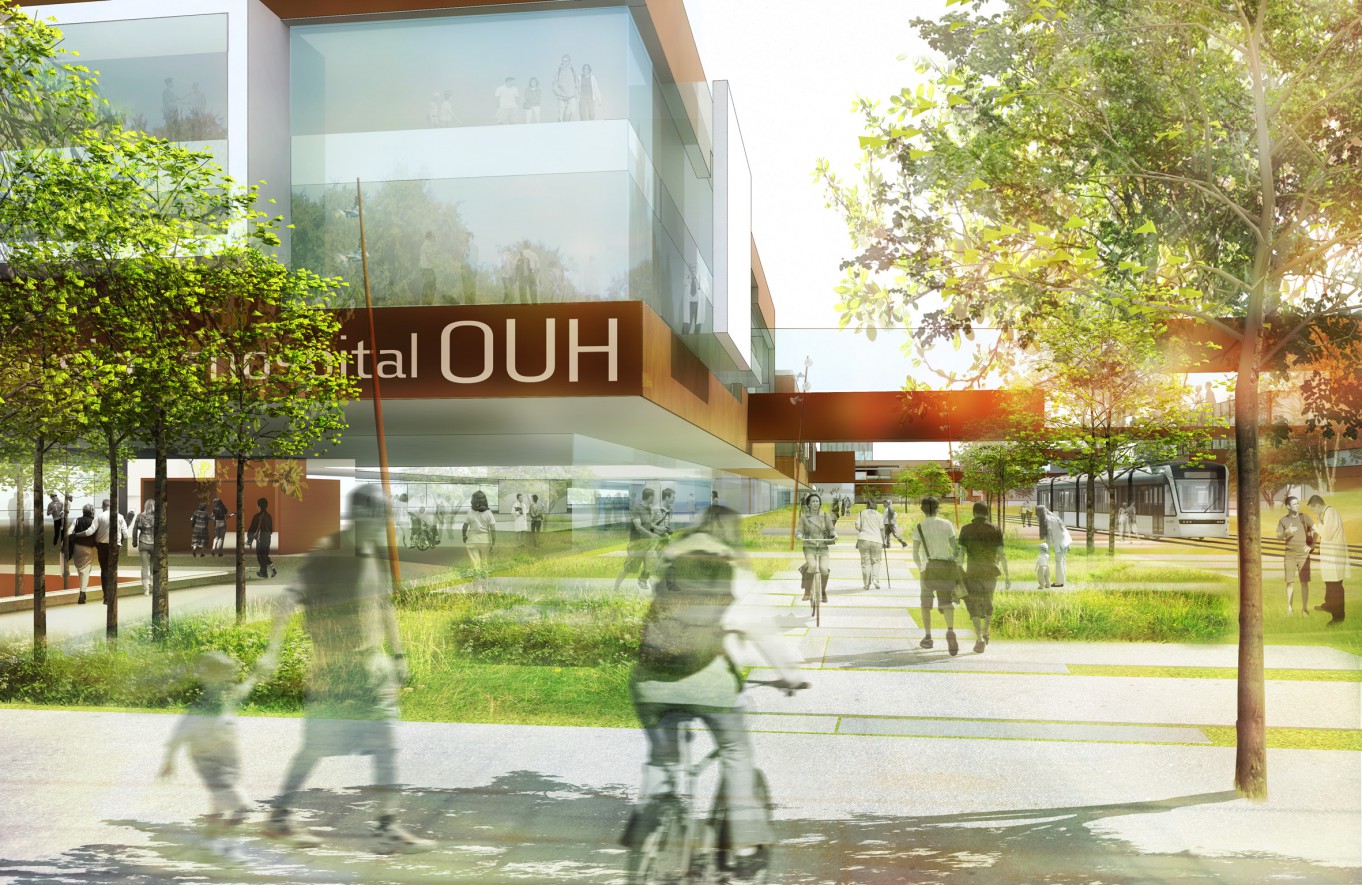The market is moving quickly, and we are constantly being tasked with improving on performance to drive better results and justify our positions. To do this we need to bring in digital technologies to facilitate every aspect of the business, and gather data for analysing performance and finding areas to improve. This goes for everything in your business eco-system: supply chain, customer journeys, back-office support functions, processes, IT estate, and all cross-functional activities. Your competitors are working on this, to varying degrees of success, and you also need to.
With so many projects to work on, and potential investments to make, how do we make sure our digital transformation is successful? And provides the quick results that shareholders and stakeholders demand?
Here’s three steps you can do to lay the foundations for successful digital transformation.
Understand your current landscape and digital technologies
Before bringing in new digital tech, you need to know what you have already, where the gaps are, and what options are available. Each functions’ digital requirements will be evolving constantly, and some can be met with the existing set up. Accurately document your enterprise architecture starting with the IT and process landscape and ensure there is alignment with organisational goals. This will provide visibility on the areas for improvement and the impact of bringing in new digital technologies, and allow you to plan for training programs and transformation activities.
Identify key areas for digital transformation
Digital solutions should support the exchange of information between all people and “things” in the business eco-system. All productive processes should therefore be digitally supported, be an organisational part of the enterprise regardless of geographic location, and the ability to exchange information in execution of a process should be available at all times and in all places. Customer journey maps, capability models, and gap analyses developed as part of your enterprise architecture will enable you to identify key areas for digital transformation.
For example, the new “Digital Hospital” in Denmark has used its enterprise architecture to understand how all people and “things” should link up. The digital hospital has visualised the elements required to support core services such as treatment of patients, and non-clinical logistics,and mapped the knowledge that needs to be transferred at each step. The correct digital technologies to support the knowledge transfer can then be identified and introduced. In this case, it includes the introduction of robots in storage areas to ensure that delivery of correct materials is never more than 20 metres from physicians, and mobile registration for log books.
Create a Collaboration Platform
Digital transformation requires buy-in and cooperation from people spread across all areas of the business. The main reason for failure in transformation projects is lack of commitment from stakeholders. Everyone needs to understand the impact of digital transformation, and how to ensure it aligns with overall goal of the organisation, reasons for change, and what they need to do to contribute. A simple web-platform that provides this information in an easy to consume format, with alerts for outstanding tasks can ensure that people stay on top of transformation tasks and remain committed to the end result: a modern digitally enabled enterprise.
These steps will allow you to optimise the use of current resources, mitigate risks in digitalisation, and ensure cross-functional teams collaborate on your digital transformation.

